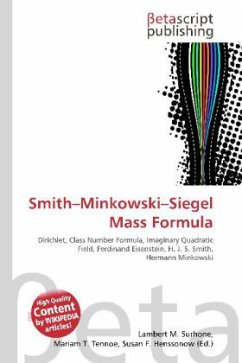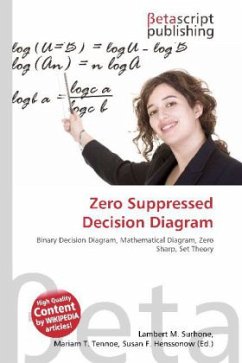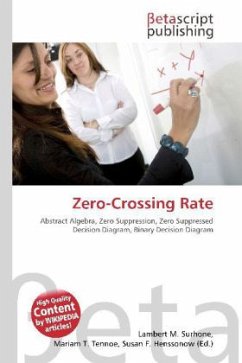
Siegel Zero
Versandkostenfrei!
Versandfertig in 6-10 Tagen
23,99 €
inkl. MwSt.

PAYBACK Punkte
12 °P sammeln!
High Quality Content by WIKIPEDIA articles! In mathematics, more specifically in the field of analytic number theory, a Siegel zero, named after Carl Ludwig Siegel, is a type of potential counterexample to the generalized Riemann hypothesis, on the zeroes of Dirichlet L-function. The importance of the possible Siegel zeroes is seen in all known results on the zero-free regions of L-functions: they show a kind of 'indentation' near s = 1, while otherwise generally resembling that for the Riemann zeta function that is, they are to the left of the line Re(s) = 1, and asymptotic to it. Because of ...
High Quality Content by WIKIPEDIA articles! In mathematics, more specifically in the field of analytic number theory, a Siegel zero, named after Carl Ludwig Siegel, is a type of potential counterexample to the generalized Riemann hypothesis, on the zeroes of Dirichlet L-function. The importance of the possible Siegel zeroes is seen in all known results on the zero-free regions of L-functions: they show a kind of 'indentation' near s = 1, while otherwise generally resembling that for the Riemann zeta function that is, they are to the left of the line Re(s) = 1, and asymptotic to it. Because of the analytic class number formula, data on Siegel zeroes have a direct impact on the class number problem, of giving lower bounds for class numbers. This question goes back to C. F. Gauss. What Siegel showed was that such zeroes are of a particular type (namely, that they can occur only for a real character, which must be a Jacobi symbol); and, that for each modulus q there can be at most one such. This was by a 'twisting' argument, implicitly about the L-function of biquadratic fields.












